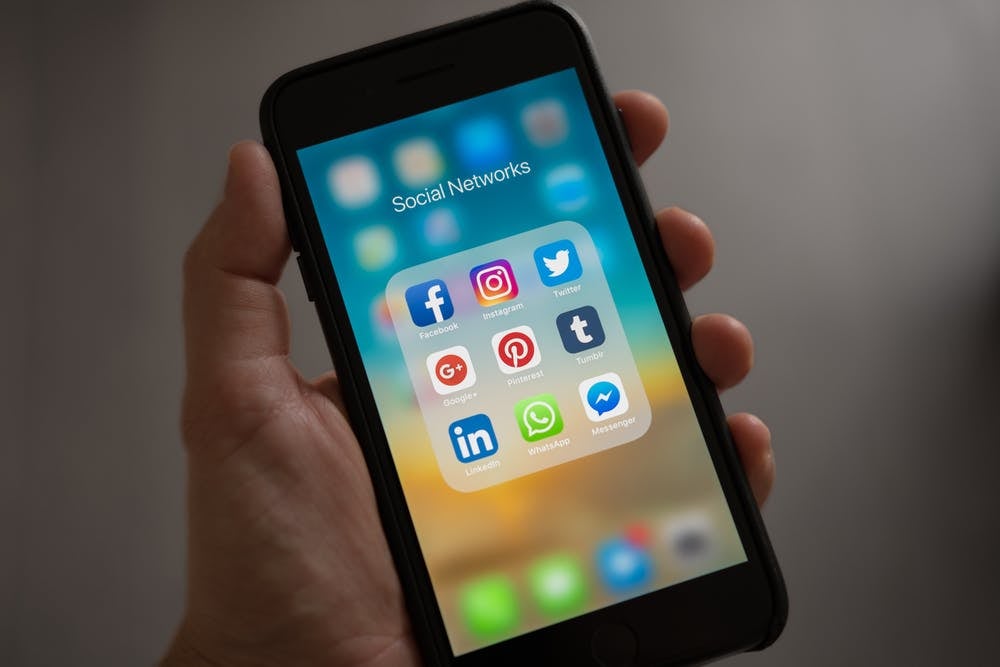On Sept. 1, Brain Laundrie returned to his Florida home in his girlfriend Gabby Petito’s van, only Petito was not with him.
Gabby Petito was an average 22-year-old girl road tripping across the country with her boyfriend, until their trip became a tragedy. She was very active on social media, constantly updating her followers on her travels and stayed in very close contact with her family.
It was not until Sept. 11, after not being able to get in touch with her, that Petito’s family reported her missing. By the time authorities were aware of this missing persons case, Laundrie had fled his parents home in Florida and disappeared into a local nature preserve.
Petito’s remains were tragically found in the Grand Tetons, Wyoming, after social media detectives pin-pointed the location where Petito and Laundrie were camping. This week an autopsy ruled that Petito’s cause of death was strangulation.
As the case has continued to garner national attention more information and theories have continued to come out about exactly what happened to Gabby Petito.
Social media sleuths
In the digital age, information about on-going cases is more available and accessible. This, in conjunction with an increasing interest in true crime, has led to a growing number of people inserting their theories into investigations.
This publicity has dramatically increased the amount of information available to law enforcement and, in the case of Gabby Petito, it was key to finding her remains.
Youtubers Jenn and Kyle Bethune discovered footage of a van matching the description of Petito’s in Grand Teton National Park at the time of her disappearance. After turning the footage over to the FBI, Petito’s body was discovered nearby only days later. Other social media theories include that Petito was not the one posting on her social media at the end of August.
Social media has proved a productive and powerful tool in the solving of missing persons and homicide cases, but at what point does it become unproductive?
Even though publicity gained from social media has led to some very beneficial information in the search of justice for Gabby Petito, false claims also have convoluted the investigation. There have already been numerous false sightings of both Petito and Laundrie, blurring the path for investigators to find the truth.
Why this case?
Gabby Petito’s case has garnered nation-wide attention, almost everyone knows her name and everyone is on the lookout for person of interest, Brain Laundrie. The reality is Gabby Petito is not the only woman in our nation who has lost her life to violence.
In 2019 there were over 5,590 missing indingeious women across America.
None of those women received even a fraction of the airtime the Petito case has. Of course the publicity that the Petito case has received is due, but the discrepancies between the news coverage a white woman receives and a woman of color receives must be acknowledged.
Women of color experience violence at a much higher rate than their white counterparts but only garner a fraction of the news coverage. Indingenious women face the highest rates of violence and are murdered at a 10 times higher rate than all other racial groups. Black and Latina women also face extremely high rates of violence.
These disparities are harmful as the public is not equally aware of missing women of color. Public knowledge has become one of the most important parts of investigations, this is an advantage women of color do not have in the search for justice.
This trend is called missing White woman syndrome, as society seemingly comes to a stop when a white woman is missing. Missing white woman syndrome allows for the cycle of violence against women of color to continue with out societial nor legal change. One of the first steps in combating these instances of violence will be national attention—missing women of color deserve the same nationwide search that Gabby Petito received.
What can we do to end missing white woman syndrome?
One of the main differences between news coverage of white women and women of color is the humanization of them.
White women are portrayed as real people, with loved ones, hobbies and a full life. The public begins to feel that they know these women and become invested in their cases. It is essential for news to take the same steps to humanize women of color as they do white women. Do not just report on the facts of the case—tell the public about the beautiful life that was lost.
Lack of diversity in journalism also contributes to unequal representation in news reporting.
White, middle-class journalists are often the ones making the decisions about what is prime time news. While increasing rates of women journalists have allowed for an increase in stories centered around women, these increases in diversity have not been intersectional and have left women of color behind.
The media has the responsibility to equally and ethically report on breaking news. With social media and public knowledge becoming increasingly influential in true crime cases women of color will be deprived of justice.




